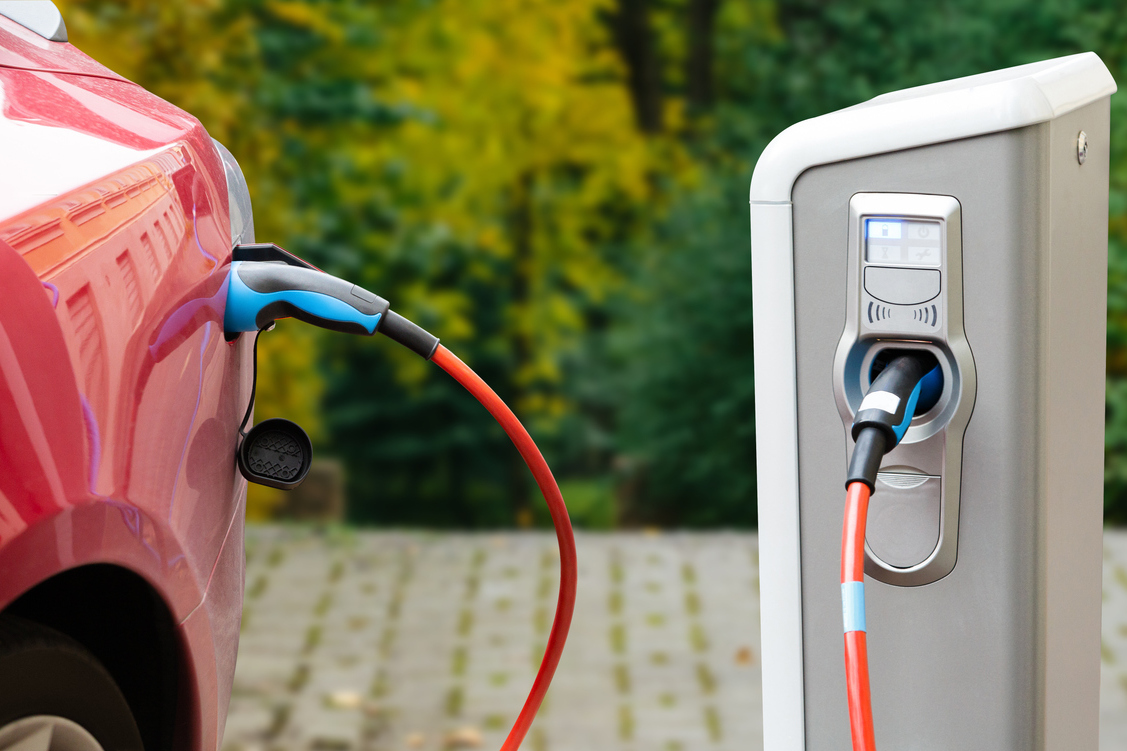- Access to charging points can be a ‘zip code lottery’ – the total number of public charging points per capita in Yorkshire and Humber is a quarter of that in London.
- CMA outlines measures to ensure that the charging sector functions well now and in the future.
- CMA initiates competition law measures to enforce long-term exclusive agreements at motorway service stations.
The CMA has set measures to ensure that a national network of charging stations for electric vehicles is set up ahead of the sales ban on new gasoline and diesel cars in 2030.
As part of their Electric Vehicle Charging (EV) market study, the Competition and Markets Authority (CMA) looked at whether the industry can provide a comprehensive UK charging network that is competitive and people can trust.
While some parts of this new sector are doing relatively well – including charging in locations such as malls, workplaces, and private parking lots (garages and driveways) – the CMA has found that other parts are facing issues that are hindering adoption. This could impact the government’s plans to ban sales of new gasoline and diesel cars by 2030 and its broader commitment to bring the UK to net zero by 2050.
The CMA is particularly concerned about the choice and availability of charging stations at motorway service areas where competition is limited; the introduction of road tolling by local authorities (which many drivers will rely on) is too slow; and rural areas are at risk of being left with too few charging points due to a lack of investment.
In addition, research shows that charging can be difficult and frustrating for drivers at times, which could prevent the switch to electric vehicles. Concerns about the reliability of charging points, difficulty comparing prices and paying for the shop, risk of detracting from people’s trust. The CMA has established four principles to ensure that using and paying for the charging process is as easy as filling up with gasoline and diesel.
Charging should be as easy as filling up with gasoline or diesel:
- Working charging stations must be easy to find – e.g. with current information on availability and work status.
- Topping up has to be quick and easy to pay for – for example, nobody has to register and contactless payment is widespread.
- The cost of charging must be clear – for example, standard prices such as per kilowatt of energy.
- Charging must be accessible – for example, all charging points can be used by every type of electric vehicle.
The UK currently has around 25,000 charging points and, while uncertainty remains, projections suggest that it will need more than 10 times that amount by 2030.
Andrea Cocelli, General Manager of the CMA, said:
“Electric vehicles play a critical role in meeting Net Zero, but the challenges of creating an entirely new charging network shouldn’t be underestimated. Some areas of the roll-out are doing well and the UK network is growing – but it is clear that other parts, such as loading at motorway service stations and on the street, have much bigger hurdles to overcome.
“Action needs to be taken now to tackle the zip code lottery for electric vehicle charging as we near the 2030 sales ban on new gasoline and diesel cars.
“Our recommendations will foster strong competition, encourage more investment, and build people’s trust now and in the future. The CMA has also launched an antitrust investigation into charging EVs along highways and will continue to work with government and industry to ensure EV charging is a success. “
The main recommendations of the CMA are:
- The UK government presents an ambitious national strategy for introducing EV charging by 2030. This needs to go hand in hand with the strategies of the governments of Scotland, Wales and Northern Ireland and build on the work already done by all governments. The energy regulators should also ensure that new charging points can be connected faster and more cheaply.
- Governments are helping Local Authorities (LAs) encourage the introduction of tolls on the road – including establishing a clear role for local authorities in managing introduction in their area and providing funding for the expertise required to do so.
- The UK government is attaching conditions to its £ 950 million fast charging fund – which it intends to use to expand the network at motorway service stations – to open up competition so that drivers at each service station have a choice of charging provider.
- The UK government is creating an EV charging sector that people can trust and trust, including hiring a public body to oversee the sector as it evolves to ensure charging is as easy as filling up at a gas station.
The CMA has also launched an antitrust investigation into long-term exclusive agreements between Electric Highway – a provider of charging points – and three highway operators – MOTO, Roadchef and Extra. Currently, the Electric Highway provides 80% of all motorway service area charging points (excluding Tesla charging points, which can only be used by Tesla vehicles) and its long-term exclusive agreements, which last between 10 and 15 years, cover about two-thirds of motorway service areas.
The CMA fears that these agreements will make it more difficult for other operators to provide competing charging stations at motorway service stations. This could result in motorists losing the advantages of competition such as more supply, more choice, competitive prices and reliable, high-quality charging points.
Net Zero Week runs from July 17-23, 2021. All updates on the work of the CMA in this area can be found on the case page of the market study on electric vehicle charging.
Public charging stations per 100,000 population by country and region in the UK
Source: EV Charger Statistics: April 2021 – GOV.UK (www.gov.uk)
The number of charging points per 100,000 inhabitants, broken down by municipality, can be found in the “Statistics on chargers for electric vehicles: Tables April 2021”.

